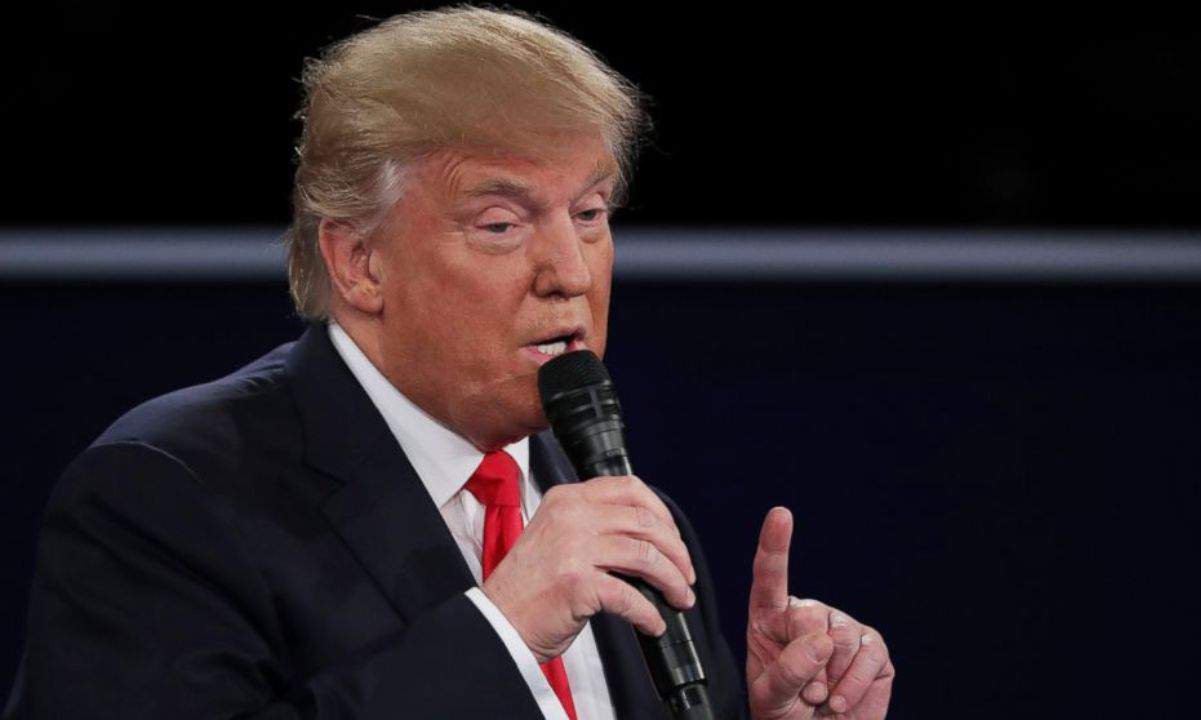
Trump’s Tariff Warnings Have Disrupted Bitcoin’s Positive Trend: Santiment
Last week, Bitcoin experienced an unprecedented surge, but this rally was abruptly challenged by geopolitical unrest, particularly as President Donald Trump resurfaced with tariff threats targeting the European Union (EU).
This development introduced significant volatility to a market that had just set a new all-time high, with Bitcoin nearing $112,000. Following this, it stabilized around $109,500 as traders assessed the possible effects of rising trade tensions between the U.S. and the EU.
Impact of Tariffs
In early April, Bitcoin’s value fell to approximately $82,000 after Trump revealed a series of tariff measures affecting several U.S. trading partners. He stated that these new tariffs were necessary to rectify trade imbalances with other nations. Consequently, the EU faced a 20% tariff on exports to the U.S.
A few days later, Trump escalated his actions by increasing tariffs on Chinese imports to 104%, further driving down Bitcoin’s price to $74,600 and causing crypto trades valued at over $287 million to collapse.
However, within 24 hours, the White House indicated that over 75 countries sought discussions regarding tariffs, leading Trump to reduce the tariffs to 10%, although those on Chinese goods climbed to 125%. This positive news allowed Bitcoin to recover to around $82,000, moving up from roughly $77,000.
As the first week of May concluded, reports surfaced of planned high-level trade negotiations between the U.S. and China, which prompted action in Bitcoin, pushing its price up from a low of $94,000 to surpass $97,000.
Shortly thereafter, Bitcoin crossed the $100,000 threshold, supported by a reduction in geopolitical friction, inflows into exchange-traded funds (ETFs), and growing institutional interest. On May 22, the leading cryptocurrency reached a new all-time high, with observers anticipating swift movement towards further milestones.
But yet again, Trump disrupted the momentum by declaring a 50% tariff on EU goods on May 23 due to stalled negotiations. As a result, Bitcoin fell by 4% to $107,500, and other cryptocurrencies like Monero (XMR) and Hyperliquid (HYPE) also saw declines of 5.5% and 3.5%, respectively.
Market sentiment on social media, analyzed by Santiment, reflected this unrest, with retail traders exiting altcoins and mentions of “tariffs” skyrocketing by 300%, marking the most significant increase since the market correction in April.
Nevertheless, the selloff was short-lived. By May 25, Trump opted to suspend the tariffs, citing ongoing discussions. Bitcoin quickly rebounded to $109,500 according to CoinGecko data.
Upcoming Decision on July 9
A May 27 blog entry from Santiment pointed out that this “threat-then-delay” strategy, characteristic of Trump’s trade approach, has caused market fluctuations between fear and cautious optimism.
For cryptocurrency investors, who are already accustomed to volatility, this introduces an additional layer of uncertainty,” noted analyst BrianQ. “It’s evident that digital assets are increasingly affected by global macroeconomic trends compared to a decade ago when crypto felt more like a completely wild frontier.”
With the next tariff decision postponed until July 9, Bitcoin’s immediate path remains vulnerable to geopolitical factors. If Trump moves forward with tariffs, the repercussions could ripple through equities, currencies, and cryptocurrencies. In the meantime, digital asset traders find themselves navigating between technical marginal gains and political uncertainty.



















Post Comment